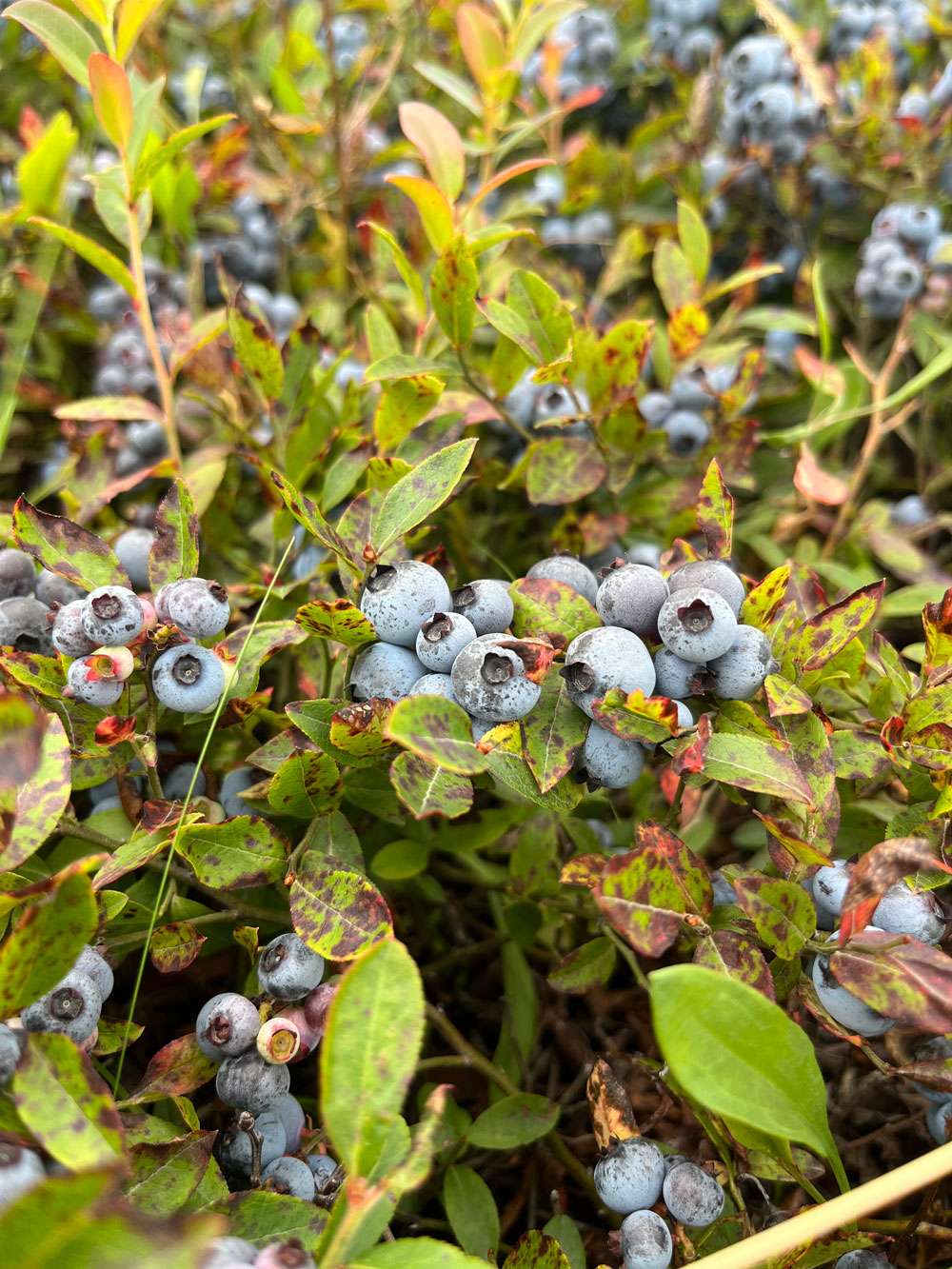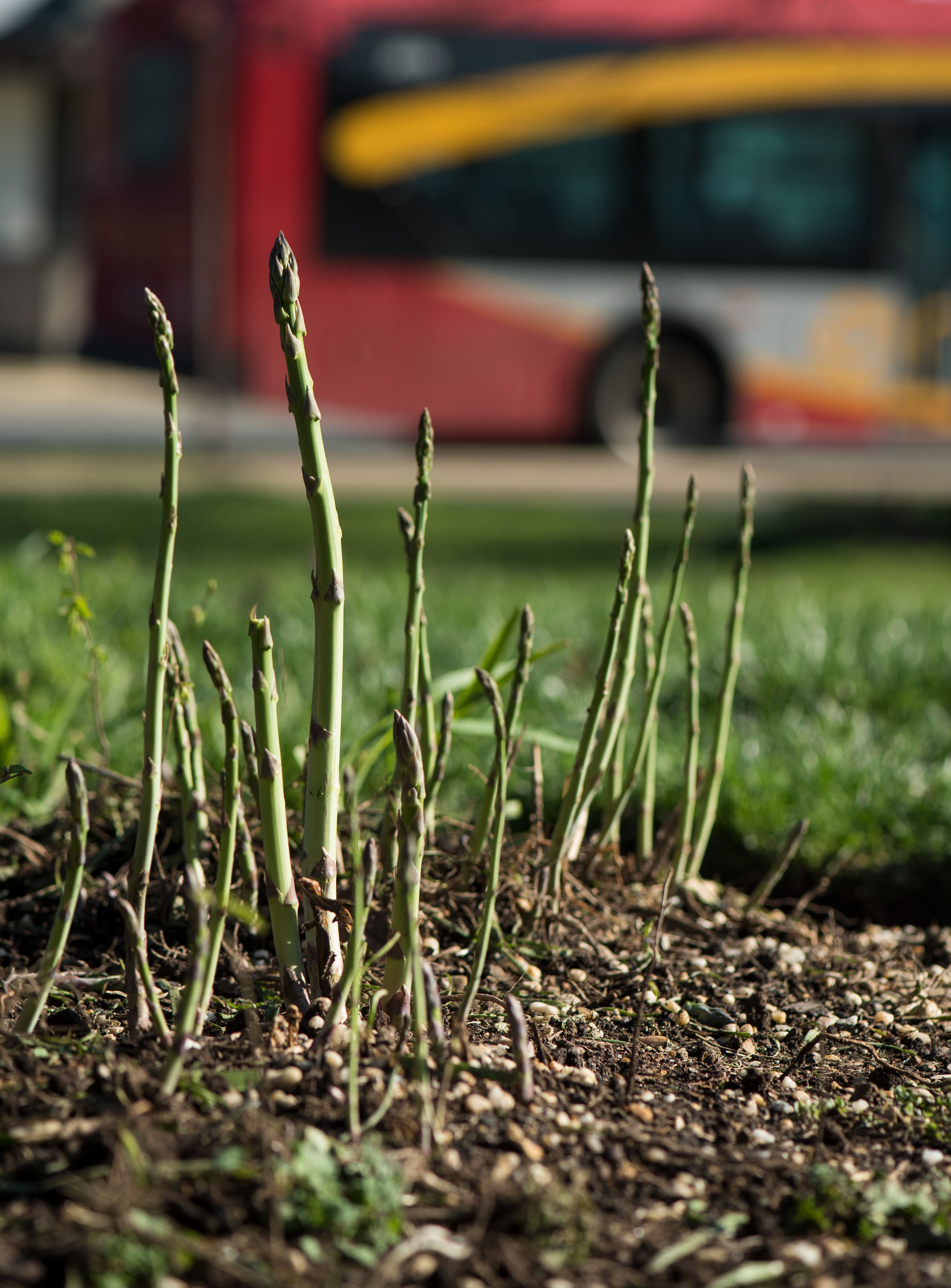Journal Articles
Fact Sheets - Results from Farm Bill Authorized Surveys
Blogs
OPMP Publications
Pesticide Residues on Fruits and Vegetables (PDF, 275 KB) (2021)
Developed by the USDA Office of Pest Management Policy. Learn about the regulation of pesticide residues on fruits and vegetables, and feel confident about the safety of consuming both organic and conventional produce.
National Road Map for Integrated Pest Management (PDF, 341 KB) (2018). Developed by the Federal Integrated Pest Management Coordinating Committee. This document provides guidance on the adoption of effective, economical, and safe pest management practices.
Attractiveness of Agricultural Crops to Pollinating Bees for the Collection of Nectar and/or Pollen (PDF, 1.1 MB) (2017). Developed by the USDA Office of Pest Management Policy. This document provides information about how attractive diverse crops are to bees. See also Purpose and Use of the Crop Attractiveness Document and the Protocols for Requesting Changes to Information.
Report on the National Stakeholders Conference on Honey Bee Health (PDF, 1.2 MB) (2012). Developed by the National Honey Bee Health Stakeholder Conference Steering Committee.
Journal Articles
Dickstein, E.R., A.M. Bocsanczy, P. Champoiseau, J. Jones, D. Norman, M. Paret, A. Sharma, T.M. Momol, C. Allen, Q. Huang, S. Miller, S. Shadman-Adolpho, L. Evans-Goldner, L. Zhaowei, R. Bulluck, K.F. Cardwell, and J.E. Fajardo. 2023. “Recovery plan for Ralstonia solanacearum Race 3 Biovar 2 (Phylotype IIB, sequevars 1 and 2) causing brown rot of potato, bacterial wilt of tomato, and southern wilt of geranium.” Plant Health Progress 0 0:ja
Note: This was accepted for publication and just posted online as a First Look on September 27, 2023.
Marette, S., A-C. Disdier, A. Bodnar, and J. Beghin. 2022. “New plant engineering techniques, R&D investment and international trade.” Journal of Agricultural Economics 00:1–20. DOI: 10.1111/1477-9552.12516
Wray-Cahen, D., A. Bodnar, C. Rexroad, F. Siewerdt, and D. Kovich. 2022. “Advancing genome editing to improve the sustainability and resiliency of animal agriculture.” CABI Agriculture and Bioscience 3, 21. DOI: 10.1186/s43170-022-00091-w
Garber, K., G. DeGrandi-Hoffman, R. Curry, J.M. Minucci, D.E. Dawson, C. Douglass, J.P. Milone, and S.T. Purucker. 2022. “Simulating the effects of pesticides on honey bee (Apis mellifera L.) colonies with BeePop+. Ecologies 3(3): 275-291. DOI: 10.3390/ecologies3030022.
www.usda.gov/sites/default/files/documents/ecologies-03-00022.pdf (PDF, 1.3 MB)
Minucci, J.M., R. Curry, G. DeGrandi-Hoffman, C. Douglass, K. Garber, and S.T. Purucker. 2021. “Inferring pesticide toxicity to honey bees from a field-based feeding study using a colony model and Bayesian inference.” Ecological Applications 31(8): e02442. DOI: 10.1002/eap.2442.
www.usda.gov/sites/default/files/documents/Ecological-Applications-2021.pdf (PDF, 1.2 MB)
Cox, K.D., S.M. Villani, A. Poniatowska, G. Schnabel, I. Holb, and J. Fajardo. 2018. “Recovery plan for Monilinia polystroma causing Asiatic brown rot of stone fruit.” Plant Health Progress 19(2): 107-124.
Fact Sheets - Results from Farm Bill Authorized Surveys
Usage of Runoff and Erosion Reduction Programs in Agriculture as an Option to Address Pesticide Risks to Endangered Species (PDF, 512 KB)
Rodenticide Usage in Outdoor Agricultural Production Survey Results – 2023 (PDF, 817 KB)
Results from a November 2022 survey of trusted-expert agricultural advisors, consultants, and extension agents on rodenticide usage in outdoor agricultural production. This survey was conducted by the USDA Office of Pest Management Policy and authorized by the 2018 Farm Bill (Agriculture Improvement Act of 2018 [Title X, Section 10109]).


